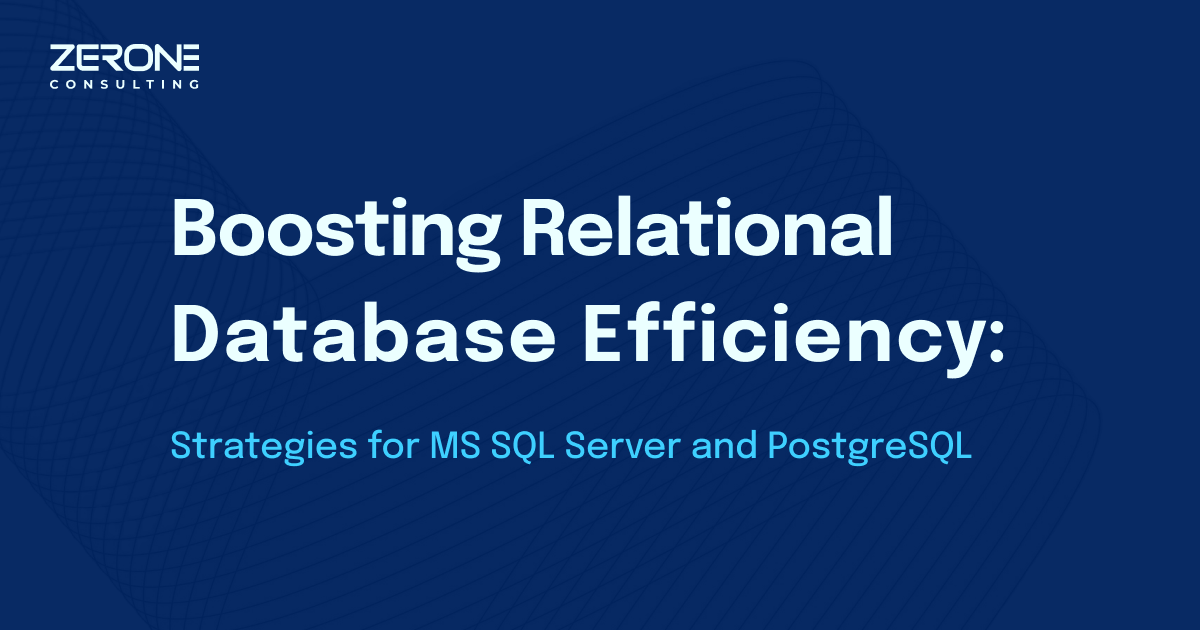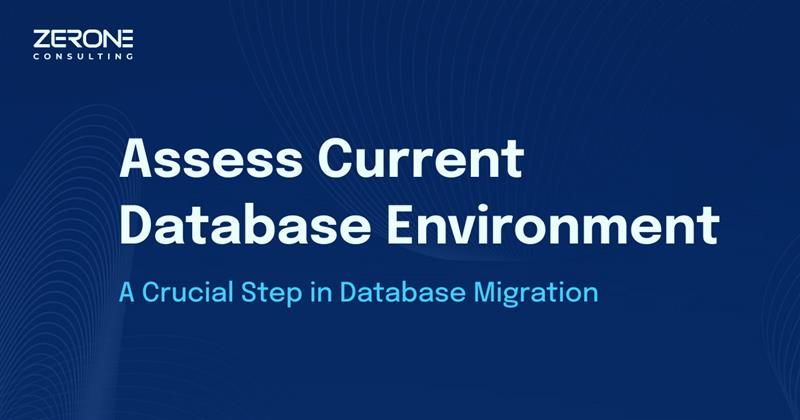How can application re-engineering help transform your business?
Technological advancements happen daily, and it is challenging for organizations that house older software systems to keep up. According to a recent study by Cleo, 25% of enterprises struggle with integrating new applications into their legacy systems. Most organizations do not have an optimal design structure or code organization, which makes it challenging for developers to make upgrades to it. Application re-engineering is the need of the hour for businesses to automate processes, build and manage system integrations, increase scalability, and successfully bridge the gap between legacy systems and newer technologies.
What are some of the benefits of application re-engineering?
Application re-engineering helps in reframing existing systems and providing a better user experience, and increased business agility to companies. This process also ensures that the system has improved stability, lower operational and maintenance costs, and increased productivity. The overall performance of the system drastically improves, and organizations gain a competitive edge over their counterparts.
What are some of the application re-engineering processes that can transform your business?

Localization and Internationalization:
Application re-engineering can internationalize a product by designing and developing an existing software to function in multiple localities without many engineering dependencies. It can also help in localization by modifying a software product to match the requirements of a particular locale.
Database Migration:
Reinventing legacy systems by migrating existing databases to newer ones through application re-engineering requires a fair amount of work. While re-engineering services help organizations evolve into more robust systems, deploying a new database all at once may lead to operational failure. Advanced application re-engineering methodologies promote phased database migration so that there is minimal disruption in the business process.
Refactoring legacy code:
When systems have a massive dump of legacy code in the system, it can be re-engineered by breaking it down and replacing small bits of code of the entire bigger picture. Each section can be tested and securely integrated to ensure that the core functionality remains the same.
Cloud Migration:
Most enterprises host legacy systems on local infrastructure, and this can be disadvantageous for a variety of reasons like increased cost of maintenance, security breaches. Application re-engineering services often help organizations migrate their workloads to a cloud platform. This would improve productivity, decrease costs, increase scalability and leverage the power of the cloud to have a regulatory-compliant infrastructure while maintaining the core functionalities of the application
Performance Improvement:
Re-engineering processes can help identify and modify the root cause of poor performance in a software system. An application’s performance can show far-reaching improvements through increased speed, and lesser utilization of resources. The process depth and breadth must be clearly defined, in order to have clear goals, for the developer.
Application re-engineering process enables businesses to add functionalities to their systems without building new software from the ground up. It presents an opportunity for the organization to analyze and improve their operations to increase ROI. To know more about best-in-class application re-engineering mythologies to transform your enterprise radically, talk to an expert today.
We can help!
Optimizing Legacy Applications: Effective Strategies For Tco Reduction
#Applicationre-engineering
Optimizing Relational Databases: Sql Server & Postgresql
#Applicationre-engineering
Assess Current Database Environment: A Crucial Step In Database Migration
#Applicationre-engineering



